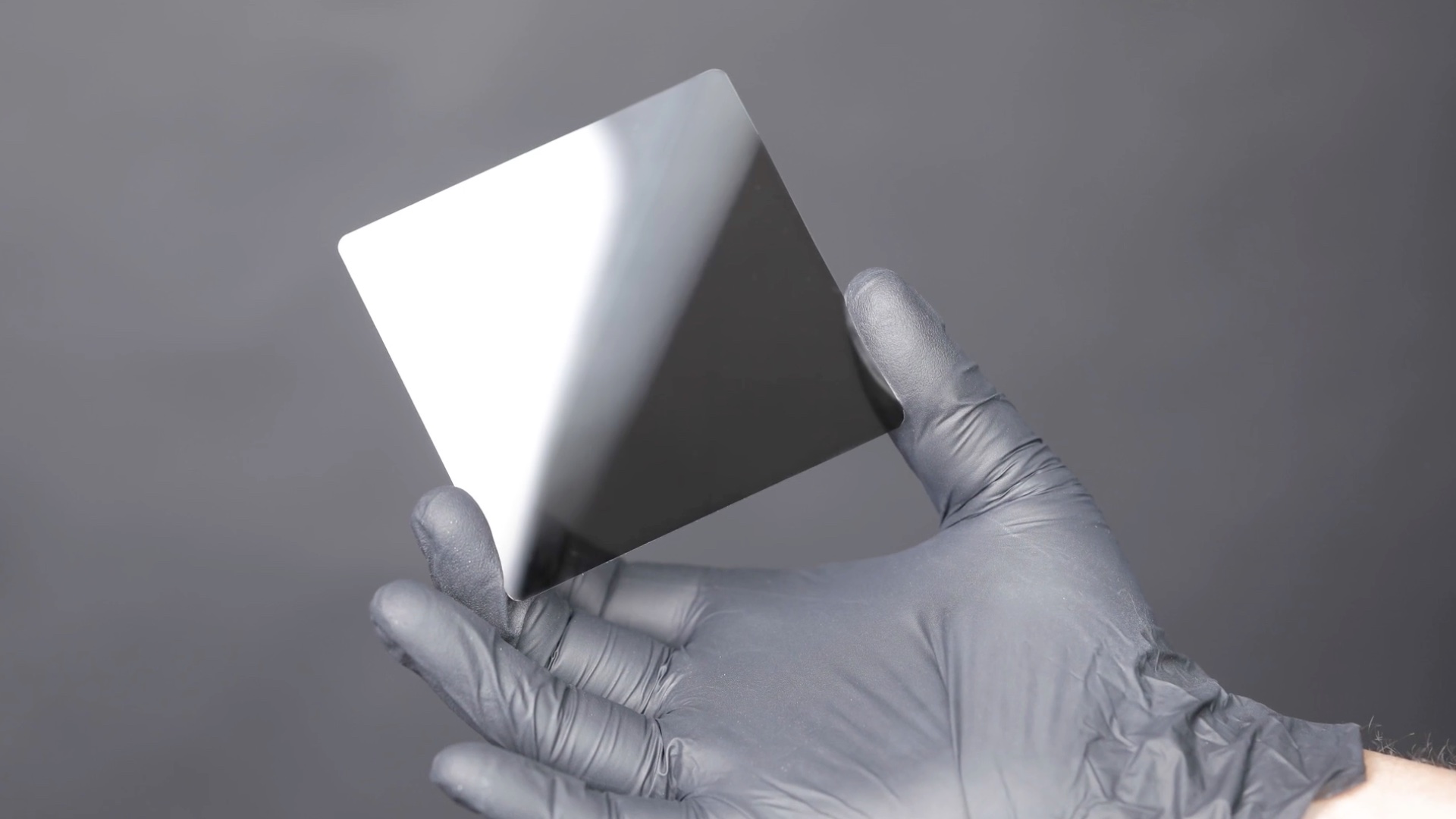10TB ceramic storage might be the future of iCloud storage
Storing large amounts of data might be about to change forever.

Whenever you upload data to iCloud Drive, including via iCloud Photos and other methods, that data is stored on hard drives in servers that are themselves located in data centers all over the world. But hard drives are problematic because they have to be replaced every few years and have been known to fail. However, a new type of storage is being developed that could replace those hard drives in some use cases.
That new storage is being developed by a company called Cerabryte which has released a video showing its new storage system. Built using off-the-shelf parts, it can store 10,000TB of data on a cartridge the size of the palm of your hand. That cartridge is made up of glass and ceramic and promises to last for more than 5,000 years — more than long enough to keep someone's photos safe.
While the new technology is likely to be years away from being implemented en masse, it's a sign that companies like Apple might have a new type of storage system to look forward to and one that will revolutionize how information is stored in data centers everywhere.
The Monolith
Cerabryte shared a video of what it calls the Monolith in action, with TechRadar spotting it. The video explains how the technology works on the back of a previous video shared last month.
Between those two videos, we learn that the technology goes well beyond anything even the best SSDs have to offer today. The sheer amount of data these things can store is incredible, with talk of 10,000TB making even the biggest iPhone 15 Pro seem short on space. As a comparison, the ceramic cartridges promise TB/square-centimeter areal densities, a huge improvement over the 0.02TB/square-centimeter offered by traditional hard disks like those used in data centers right now. That means that companies like Apple, Google, and others would be able to store more data in much less space — something that could be a huge bonus as we all generate ever-increasing amounts of data.
How the system works is complicated, with each cartridge featuring a thin layer of glass atop a dark ceramic layer. That's where the data is stored, written by a laser that is sharpened by a digital micromirror and then shaped by microscope optics. The laser then writes the data to the ceramic layer in a series of holes that represent binary information. A microscopic camera then reads the information to ensure it's valid — with the same camera also responsible for reading the data back when required.
All about the archives
As you might have already guessed, writing data to a ceramic tile doesn't necessarily lend itself to rewriting them later. That means that these cartridges are write-only, making them more suited to specific uses than others.
iMore offers spot-on advice and guidance from our team of experts, with decades of Apple device experience to lean on. Learn more with iMore!
If Apple were to make use of this technology, it wouldn't make up the bulk of its storage solution for example. Instead, it could be used as backup media or for long-term redundancy to ensure that data is kept safe and sound without any possibility of being overwritten or corrupted. With a 5,000-year-long lifespan, these things are more likely to outlive Apple than the other way around. You can't say the same about any hard drive bought today, and existing long-term storage solutions like tape drives are normally only good for up to 30 years, too.
As for when we can expect this storage technology to arrive, TechRadar's report claims 2030 is a possibility. Just don't expect to buy a new iMac with a ceramic drive inside any time soon.
More from iMore

Oliver Haslam has written about Apple and the wider technology business for more than a decade with bylines on How-To Geek, PC Mag, iDownloadBlog, and many more. He has also been published in print for Macworld, including cover stories. At iMore, Oliver is involved in daily news coverage and, not being short of opinions, has been known to 'explain' those thoughts in more detail, too.
Having grown up using PCs and spending far too much money on graphics card and flashy RAM, Oliver switched to the Mac with a G5 iMac and hasn't looked back. Since then he's seen the growth of the smartphone world, backed by iPhone, and new product categories come and go. Current expertise includes iOS, macOS, streaming services, and pretty much anything that has a battery or plugs into a wall. Oliver also covers mobile gaming for iMore, with Apple Arcade a particular focus. He's been gaming since the Atari 2600 days and still struggles to comprehend the fact he can play console quality titles on his pocket computer.
